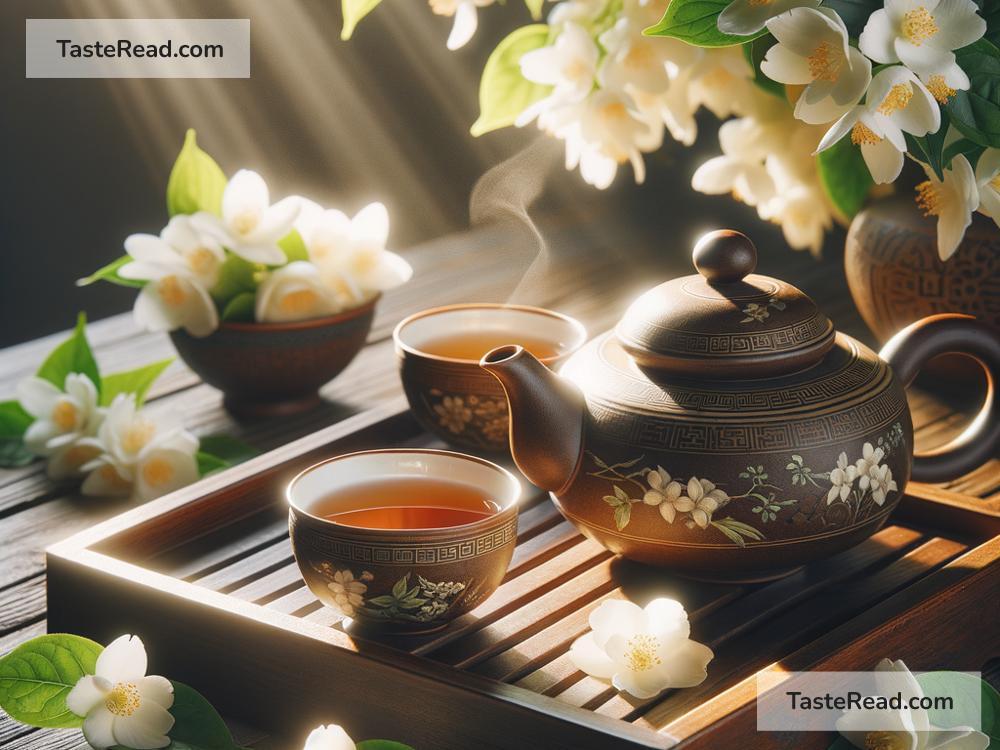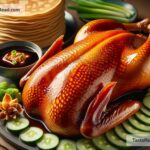The Story of the Chinese Tea Ceremony: A Journey of Tradition and Culture
The Chinese tea ceremony is a beautiful tradition filled with meaning, history, and culture. For centuries, tea has been more than just a drink in China; it has been a way to connect people, honor ancestors, and find peace. The ceremony itself is simple yet deeply symbolic, and it continues to be a treasured practice in Chinese society.
The Origins of Tea in China
To understand the tea ceremony, we first need to know where tea came from. According to legend, tea was discovered by Emperor Shen Nong, a highly respected figure in ancient China, around 2737 BCE. While boiling water one day, leaves from a nearby tree fell into his pot. Curious, Shen Nong drank the infused water, finding it both refreshing and calming. This marked the beginning of tea in Chinese history.
Tea became popular during the Tang Dynasty (618–907 CE) and reached its golden age in the Song Dynasty (960–1279 CE). By then, drinking tea was no longer just about quenching thirst—it had become an art form. Poets and artists praised tea for its beauty and ability to inspire creativity, and rituals around tea preparation began to flourish.
The Meaning Behind the Tea Ceremony
The Chinese tea ceremony is about much more than serving tea; it’s a way to express respect, gratitude, and harmony. Every part of the ceremony, from the type of tea used to the way the tea is poured, carries symbolic meaning. The preparation itself is seen as a form of meditation, encouraging focus, patience, and mindfulness.
Tea ceremonies are often performed during weddings, family gatherings, or important celebrations. For example, in a traditional Chinese wedding, the bride and groom serve tea to their parents and elders as a sign of respect and gratitude. In return, the elders often give blessings or gifts to the couple.
The Tea Ceremony Process
The Chinese tea ceremony may seem simple at first glance, but every step is thoughtful and precise. While the steps can vary depending on regional customs, the most traditional ceremonies follow a process rooted in Gong Fu Cha, which means “making tea with skill.” Let’s take a closer look at how it works:
-
Choosing the Tea and Tools: The tea ceremony starts with selecting high-quality tea leaves, often green tea, oolong, or pu-erh. The tools used include a teapot, tea cups, and a brewing vessel, often made of fine materials like porcelain or clay.
-
Setting the Mood: The setting for the ceremony is peaceful and quiet. The table is arranged neatly, and sometimes soft music or incense is used to create a calming atmosphere.
-
Warming the Equipment: Hot water is poured into the teapot and cups to warm them. This ensures the tea stays at the right temperature during the brewing process.
-
Rinsing the Tea Leaves: Before brewing the tea, the leaves are rinsed with hot water. This step cleans the leaves and awakens their aroma.
-
Brewing the Tea: The tea is steeped in hot water, but the temperature and brewing time depend on the type of tea. For example, green tea requires cooler water, while pu-erh tea can handle higher temperatures. The person preparing the tea, often called the tea master, pays close attention to timing to bring out the best flavors.
-
Pouring the Tea: The tea is poured carefully into small cups, usually without spilling a single drop. Serving tea in small quantities helps people appreciate the smell, taste, and texture of the tea.
-
Drinking the Tea: Guests take their time sipping the tea, savoring its flavor with gratitude. Drinking tea in small cups encourages mindfulness and allows people to truly enjoy the moment.
Tea as a Symbol of Connection
One of the most beautiful parts of the Chinese tea ceremony is its ability to bring people together. Whether it’s among family members, friends, or strangers, serving tea creates a bond of respect and closeness. Sharing tea is a way to show hospitality and kindness, especially to guests.
In Chinese culture, tea is also connected to harmony. The ceremony reflects the balanced relationship between humans and nature, which is why the use of natural materials, such as clay teapots and fresh water, is so important.
Modern Tea Ceremonies
Although life in modern China is often fast-paced, the tradition of the tea ceremony remains important. Many younger generations are rediscovering the charm of old customs, attending workshops or ceremonies to learn the art of Gong Fu Cha. Tea houses across China offer visitors a chance to experience this cultural gem firsthand.
Today, the Chinese tea ceremony is also celebrated around the world. People in many countries have embraced the values of mindfulness and connection that the tea ceremony represents. It’s a reminder to slow down, appreciate simple pleasures, and honor the history behind everyday rituals.
Conclusion
The story of the Chinese tea ceremony is one of tradition and timeless beauty. It started as a simple discovery thousands of years ago and evolved into an art form that celebrates respect, harmony, and gratitude. Through the tea ceremony, people connect with nature, with their ancestors, and with each other. Whether you drink tea every day or only on special occasions, the next time you sip a cup, take a moment to reflect on the rich history it carries.
Let the story of the Chinese tea ceremony inspire you to slow down, savor life’s little moments, and appreciate the traditions that bring people together.


